Tesla steering wheels are falling off, Ferrari fights EU engine ban, Maserati returns to racing
Tesla steering wheels are falling off, and NHTSA wants to know why
Intake: The National Highway Traffic Safety Administration (NHTSA) announced today that it is opening a preliminary investigation into 120,000 2023 Tesla Model Y vehicles after two reports of steering wheels that fell off while driving, according to a report from Reuters. According to the filing, both incidents involved a Model Y delivered to its owner though the vehicle missing the retaining bolt that attaches the steering wheel to the steering column. The report notes that the wheels became separated from the columns when “force exerted on the steering wheel overcame the resistance of the friction fit [between the wheel and the splines on the steering column] while the vehicles were in motion.” NHTSA’s preliminary evaluation (the name of this type of probe) will assess the scope, frequency, and manufacturing processes associated with this issue.
Exhaust: There were no injuries or fatalities reported with the failing steering wheels. Nevertheless, it would be terrifying to have this happen while driving. Tesla has come under fire for quality issues before, and we weren’t all too impressed with Model Y’s interior during our 2020 test drive. But misaligned body panels and rear bumpers that fall off don’t seem quite as egregious as steering wheels that give up the ghost. If Tesla had a PR department, we’d reach out for comment on the matter. — Nathan Petroelje
Design concepts flaunt personalization potential of Wiesmann’s new EV
Intake: Boutique German sports car maker Wiesmann has revealed three riffs on its Project Thunderball electric roadster. The first design study harkens to the “moment in time when you and your car become one” and it features ocean blue metallic paint and vibrant orange interior finishes. The second nods to the Roaring Twenties, or Gatsby, era, “when the optimism for the future was symbolized by the pleasure of driving.” The golden paint and burgundy leather represent Wiesmann’s take on a car fit for ol’ Jay himself. Concept three is all about stealth, featuring a black-over-black treatment. Project Thunderball will feature two electric motors in a rear-mid-mounted position that produce up to 680 hp and 811 lb-ft of torque. The car will feature a 92-kWh battery that Wiesmann says will be good for up to 310 miles of range. Despite an asking price north of $300,000, the company says that the first year of production is already sold out, with deliveries set to begin in 2024.
Exhaust: When Wiesmann first announced the new EV in May of last year, it said that production would be limited to 1000 units. The throwback bodywork belies what seems to be a rather tech-forward machine, which might be just what 1000 are looking for. These design concepts are meant to showcase the breadth of customization options available for potential clients and judging by the range of vibes exuded from each, buyers will be spoiled for choice. — NP
Porsche, Ferrari battling ICE fuels ban in Europe

Intake: The European Union is seeking to ban internal-combustion engines by 2035, but there may be one exception if Porsche and Ferrari have their way—e-fuels, made from renewable resources. The two high-performance automakers are pushing for an exemption in the rules, according to Bloomberg via Automotive News. “While they belong to a narrow segment of the auto industry, Porsche and Ferrari’s status as iconic automakers was enough to move their governments to challenge the EU plan last week just days before a scheduled vote,” Bloomberg said. A final vote on the 2035 ICE ban was due to take place on March 7 but was indefinitely delayed amid fears that Germany could abstain, “which would torpedo the regulation.” Formula 1 is planning a switch to e-fuels for the 2026 season, and Porsche already has a racing series powered by e-fuel.
Exhaust: Porsche has invested heavily in an e-fuels plant in Chile, “partly because the manufacturer does not plan to make its 911 sports car with an electric option.” Operating combustion-engine vehicles in a climate-neutral way could also help speed up the decarbonization of the transport sector, according to a Porsche spokesman, Bloomberg said. — Steven Cole Smith
Lotus announces continued partnership to build … bicycles?
Intake: Lotus Engineering has announced it will continue its partnership with British Cycling to create an ultra-aerodynamic bike for the British riders who qualify for the track cycling events in the 2024 Olympic Games in Paris. This partnership traces back over 30 years to the 1992 Olympics, where Chris Boardman rode the Lotus Type 108 bicycle to a gold medal. The new bicycle’s development is the focus of the final chapter of the Lotus Engineering: The Innovators series, which has been shining a light on the four pillars of Lotus Engineering: platforms, control systems, dynamics, and technical services.
Exhaust: The task seems simple on the surface, but as pointed out by Richard Hill, chief aerodynamicist for Lotus, this project is 50 percent about the bike and 50 percent about the rider and the fit. It is a system that needs to be aerodynamic and efficient, not unlike the demands of most cars in modern times. Add in the heavy reliance on carbon fiber that most performance two-wheelers currently mandate, and it’s easy to see why Lotus has been dabbling in bicycles for three decades. — Kyle Smith
Maserati returns to GT2 racing with gorgeous MC20-derived thoroughbred
Intake: This race season, Maserati will be back on the grid across the pond. The Italian marque just wrapped its first on-track shakedown of the MC20 GT2 race car, which is slated to compete in the 2023 Fanatec GT2 European Series. There, among the roster of semi-pro and gentlemen drivers, it will join six other Euro bruisers: Mercedes-AMG GT2, Audi R8 LMS, Brabham BT63 GT2, Porsche 911 GT2 RS, KTM X-Bow GT2, and the Lambo Super Trofeo Evo. Maserati’s MC20 racer is the spiritual successor to the MC12, an excessively wide racer that competed in Euro and American sports car racing throughout the aughts. Under the rear composite carbon-fiber bonnet, Maserati elected to utilize its Nettuno twin-turbo V-6 engine and marry it to a six-speed sequential gearbox. (Cue the Joe Walsh.) While the GT2 season starts in April, Maserati will be fashionably late to the party with an expected unveiling to the public in June at the 24 Hours of Spa race in Belgium.
Exhaust: It’s been over two years since Maserati unveiled the road-going MC20 hypercar. Featuring a modest design (as much as you can be with butterfly doors) and a 612-horsepower twin-turbo V-6, the MC20 debut was a harbinger of the brand’s intentions on track. Now, we know in which capacity the House of the Trident will participate in auto racing. Given the sultry design and the bespoke Nettuno V-6 that carried over from road car to racer, we’d love to see the MC20 GT2 compete stateside. Maserati has a history of disrupting American sports car racing, dating all the way back to the Tipo 61. Will the MC20 be a trophy hound like big bad Birdcage? We find out later this summer. — Cameron Neveu
***
Check out the Hagerty Media homepage so you don’t miss a single story, or better yet, bookmark it. To get our best stories delivered right to your inbox, subscribe to our newsletters.
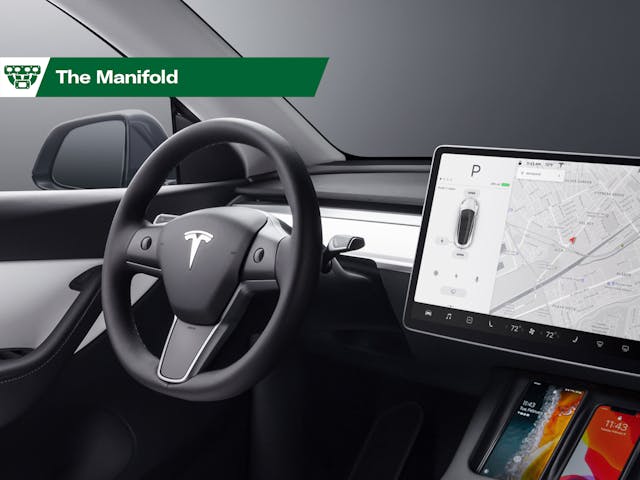
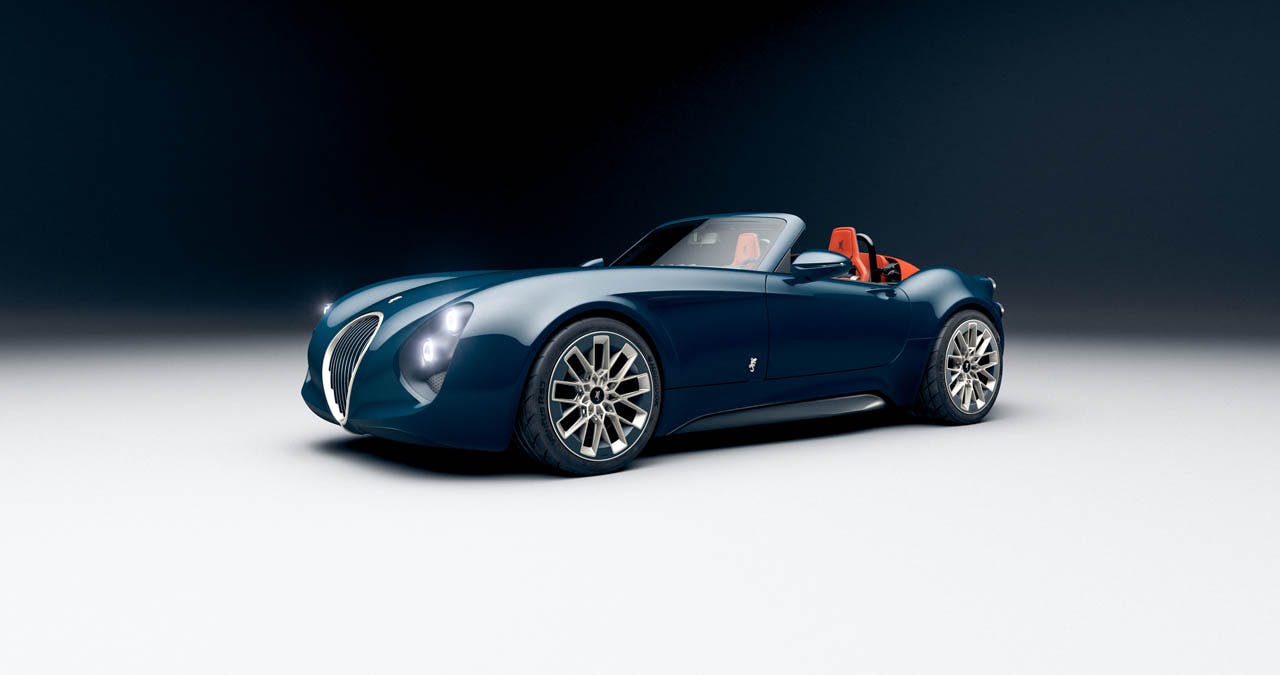
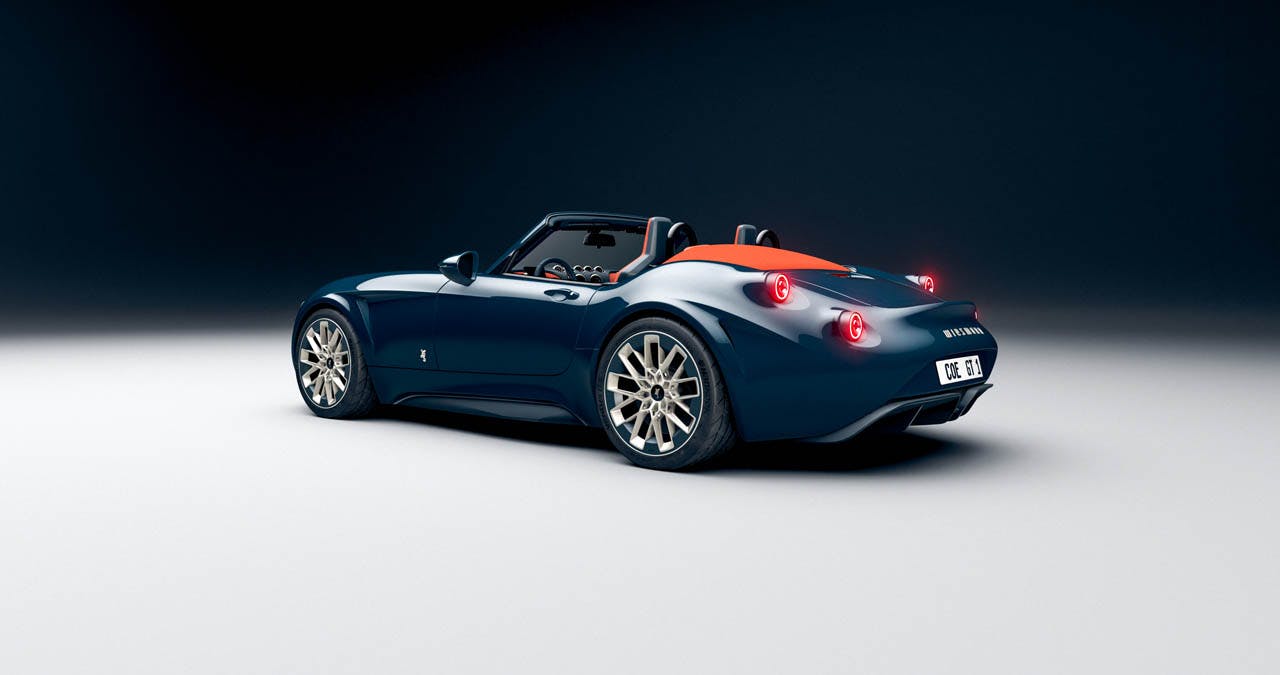
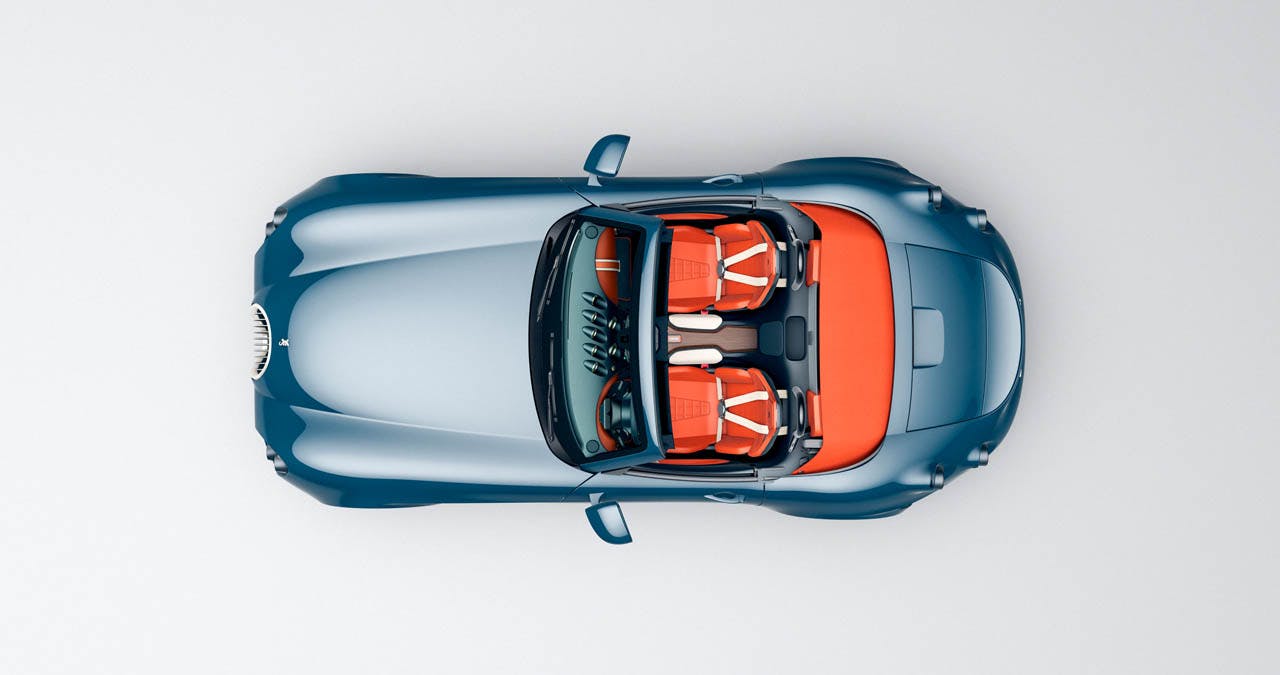
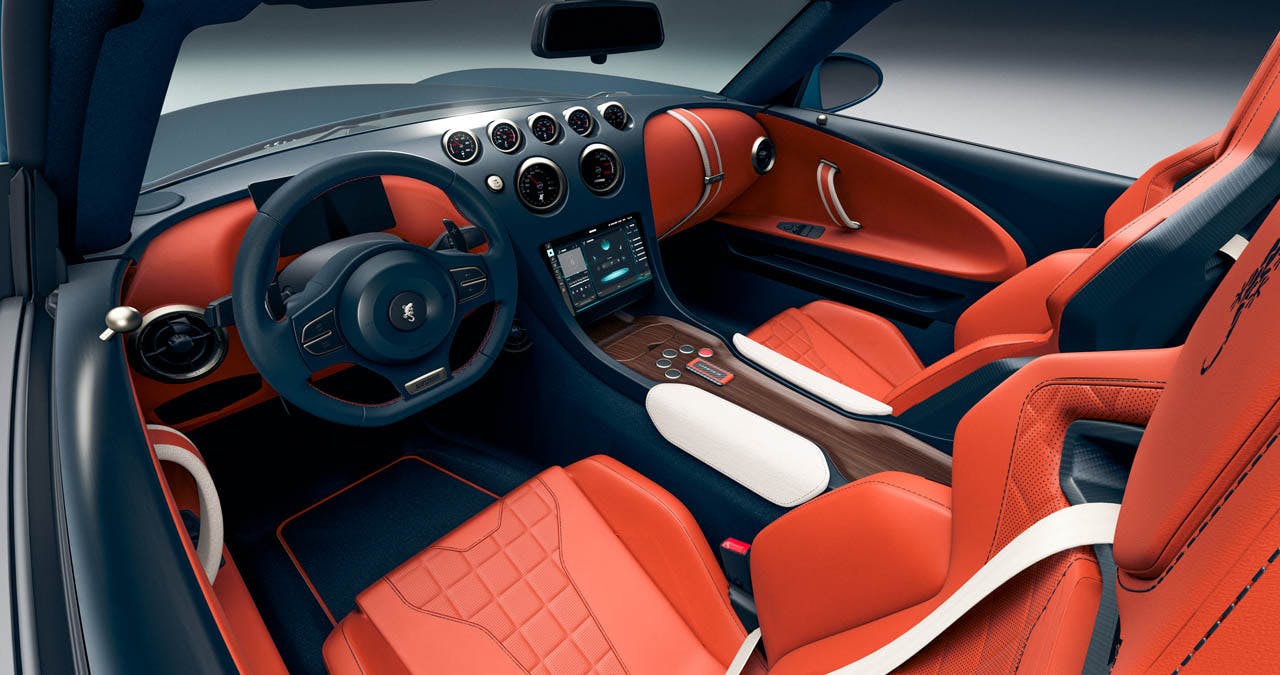
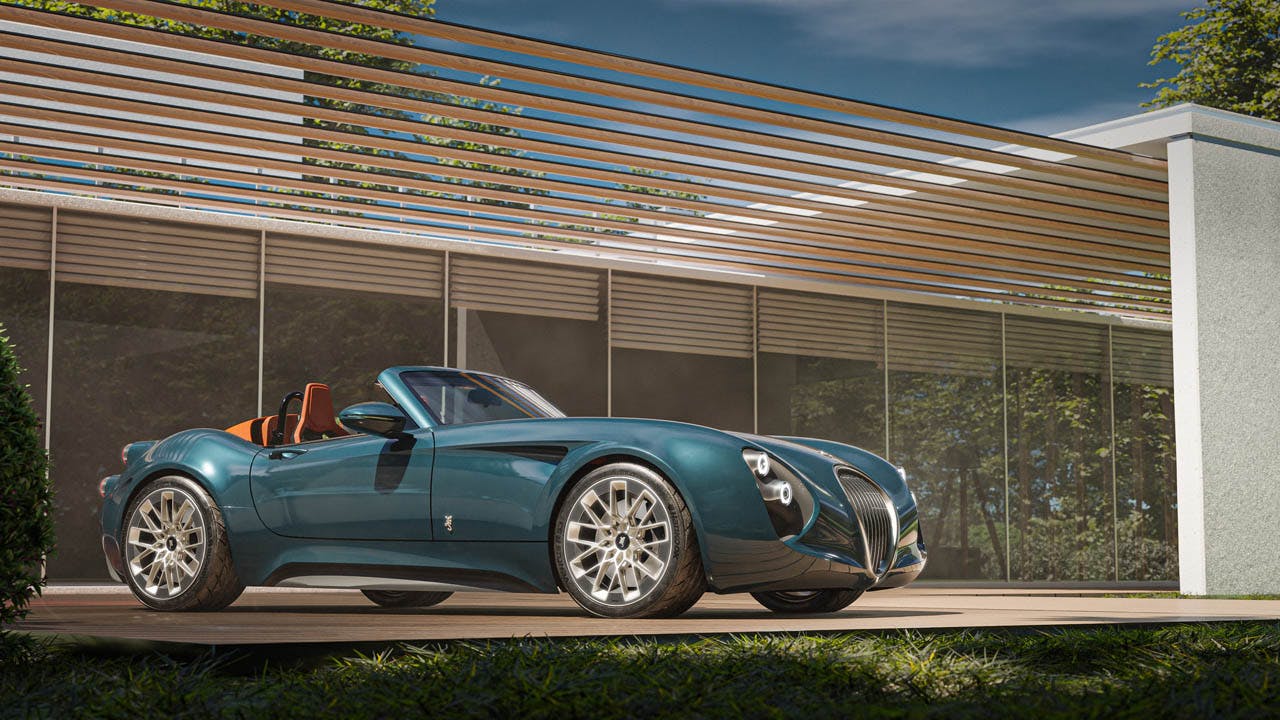
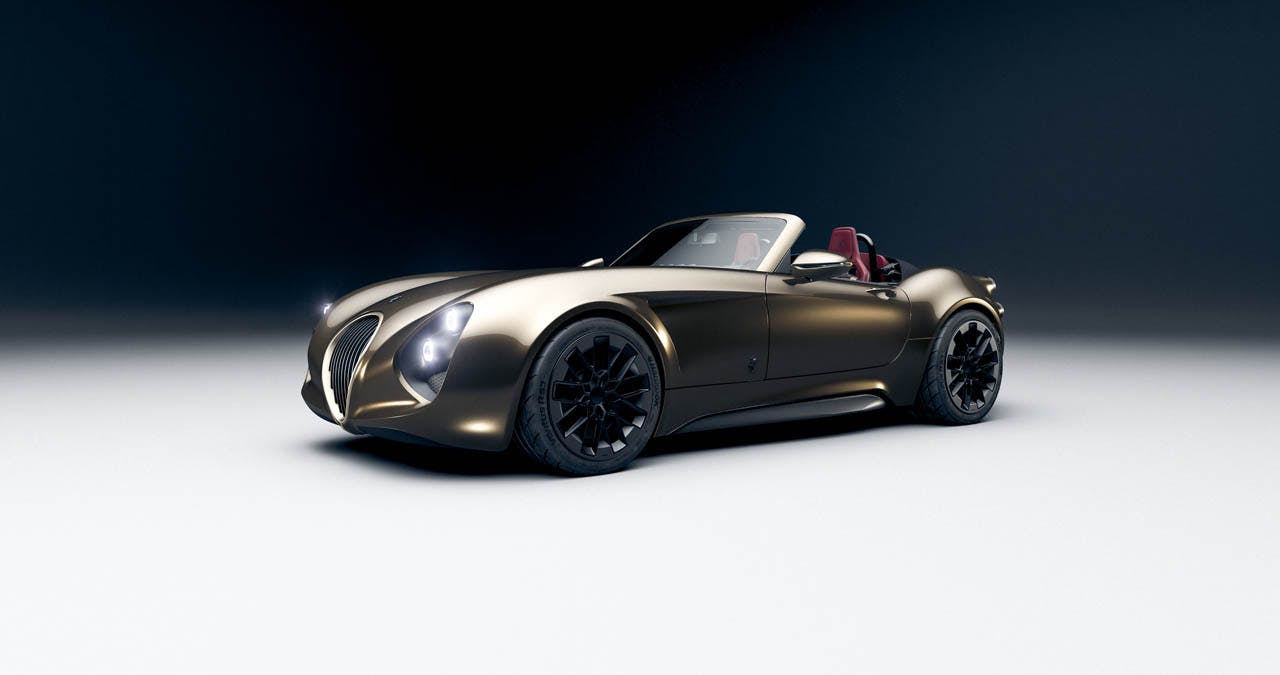
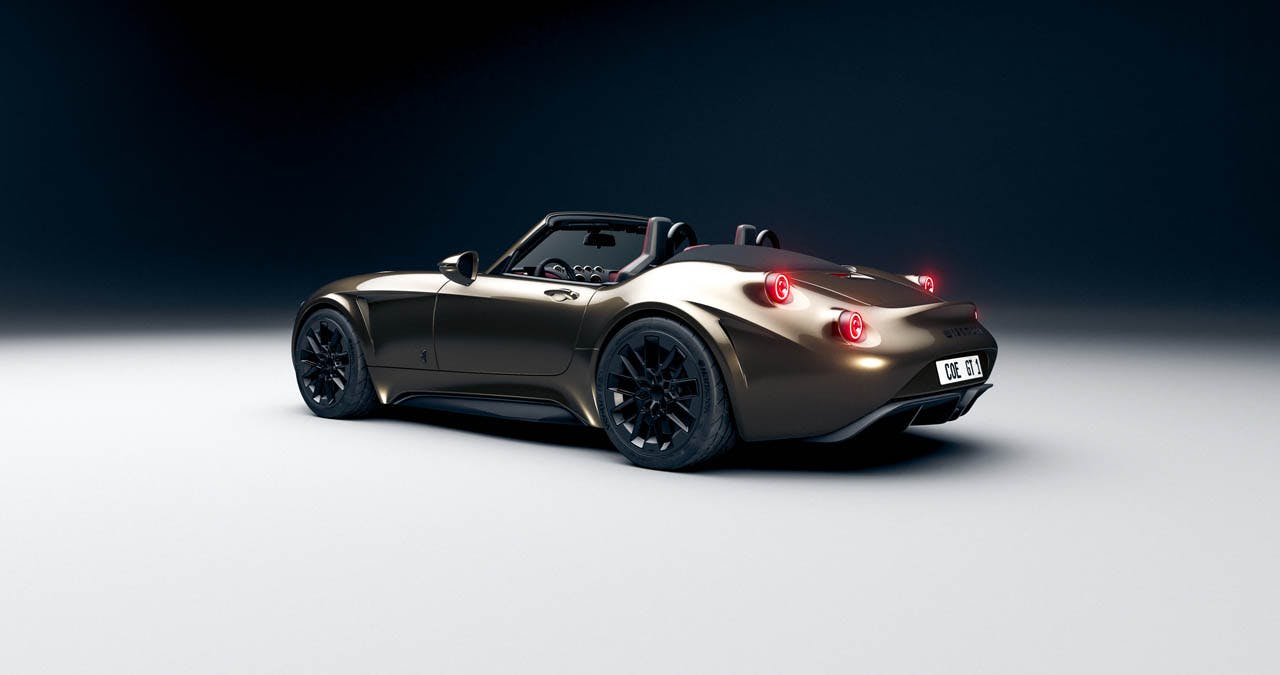
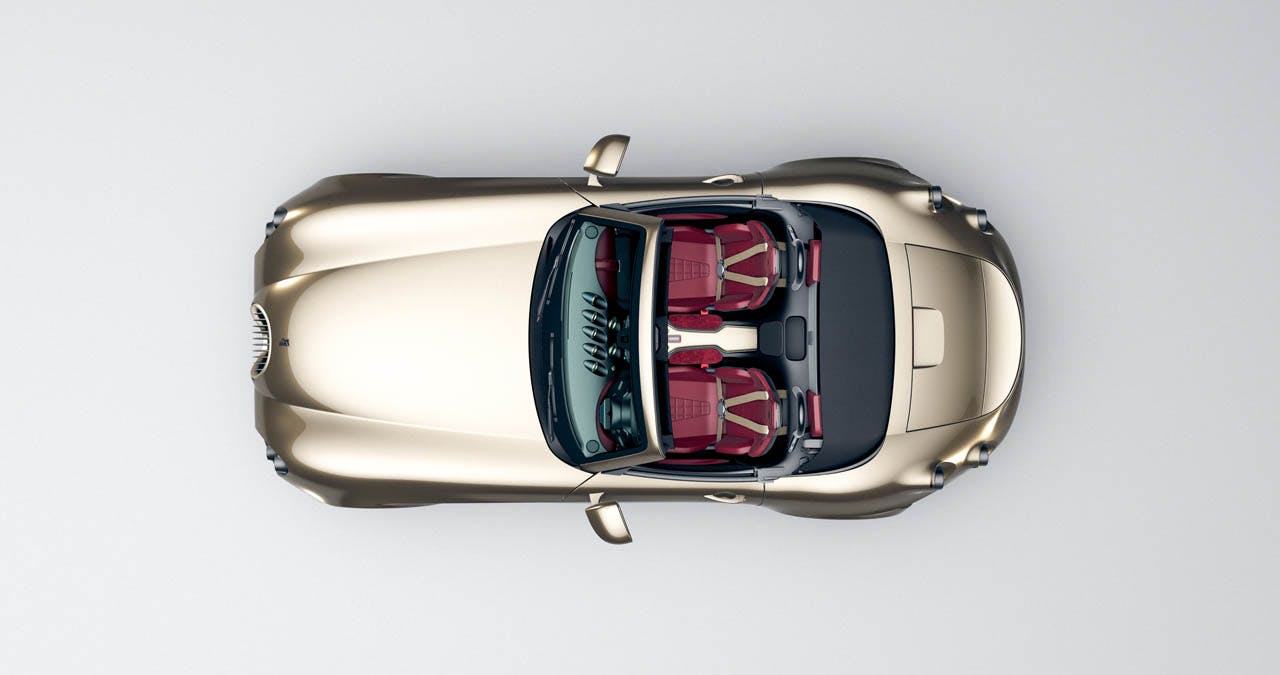
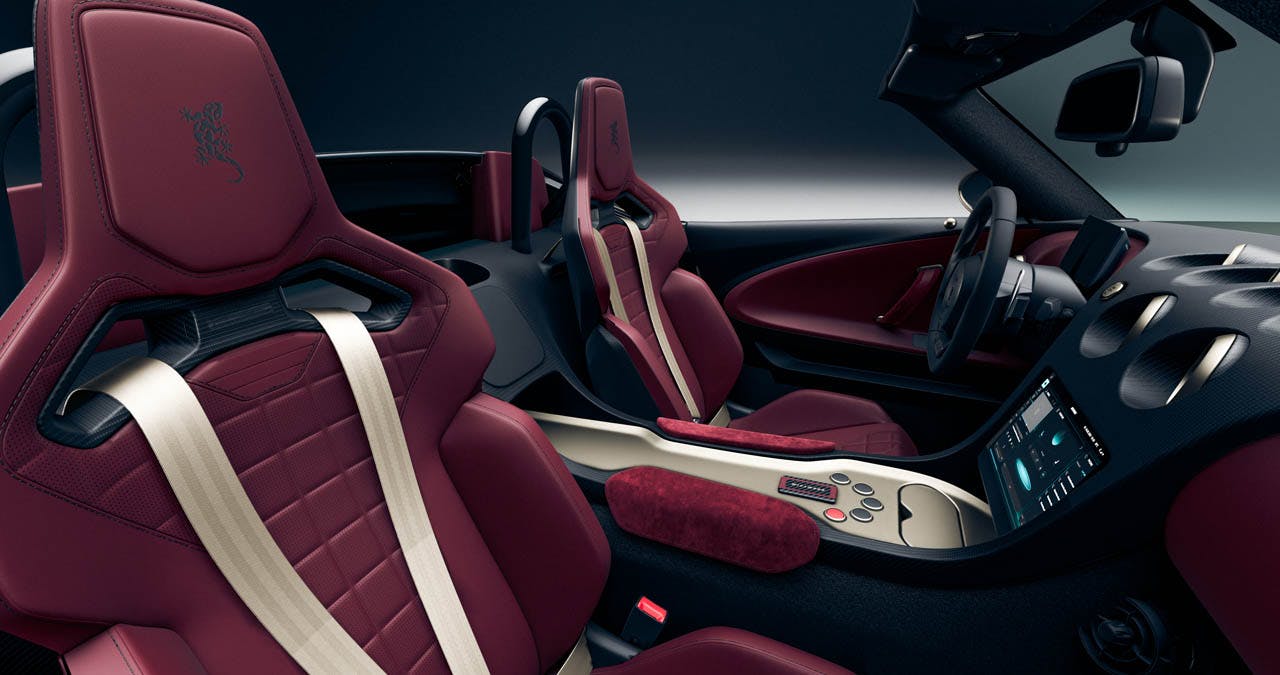
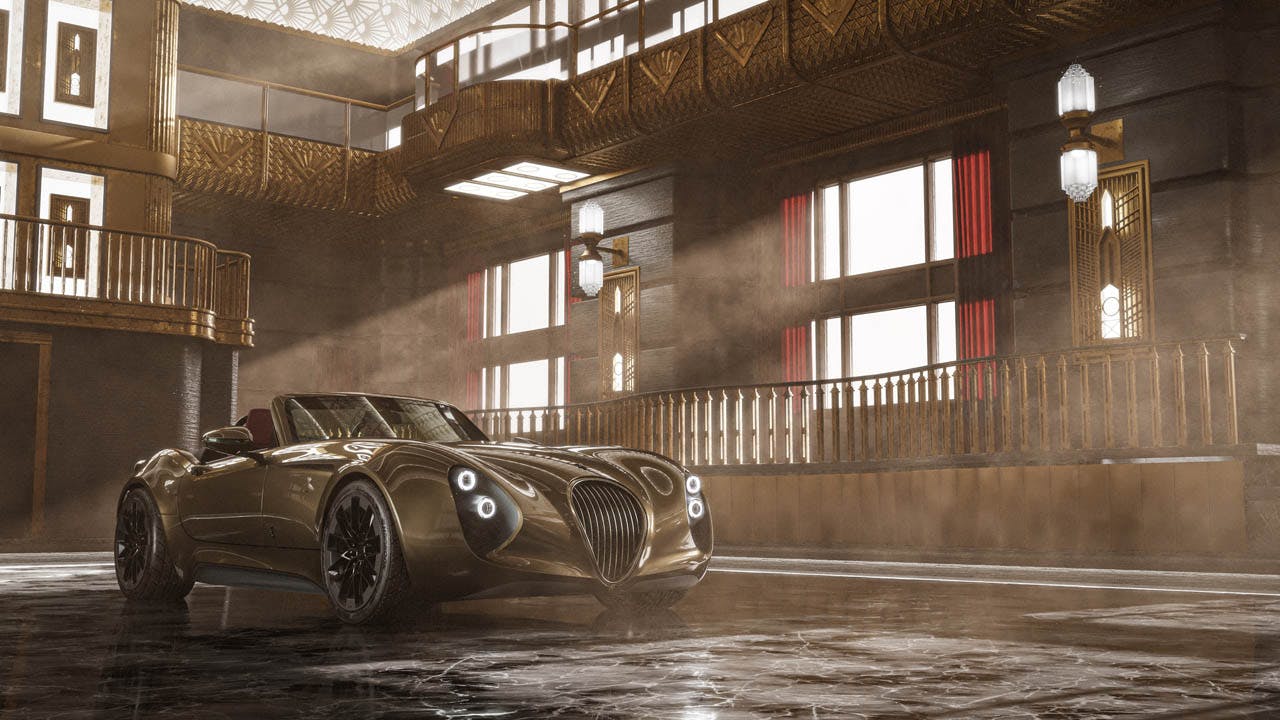
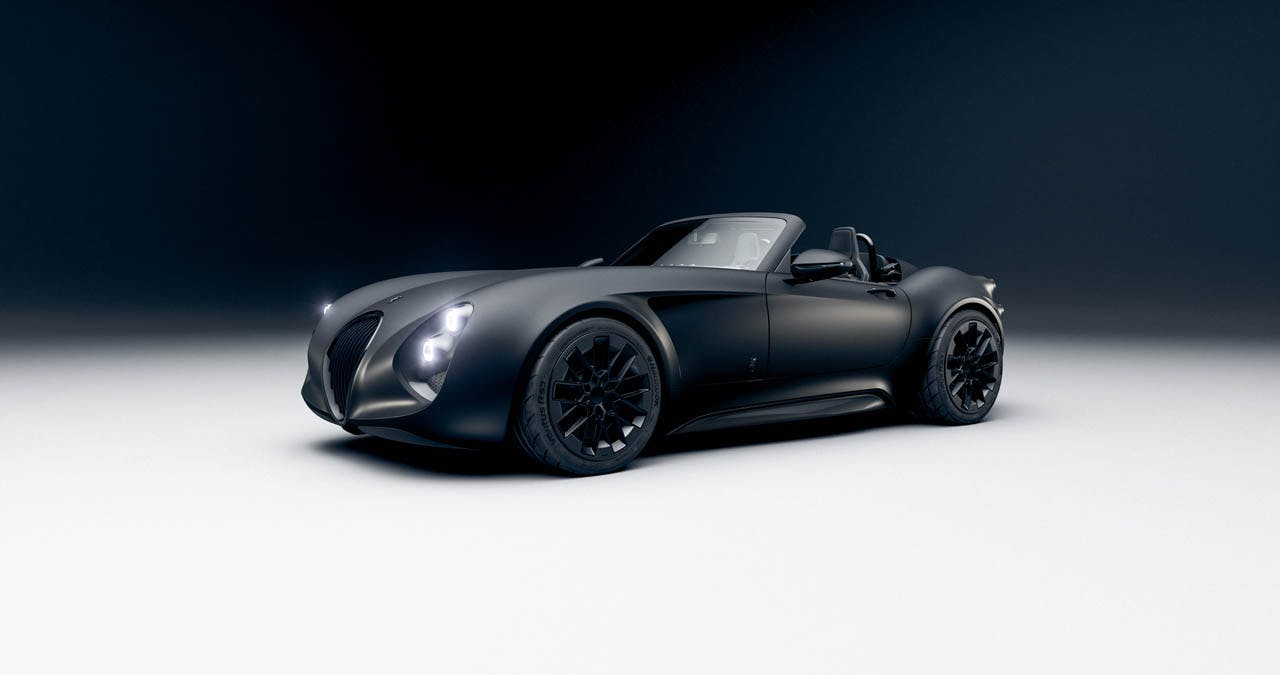

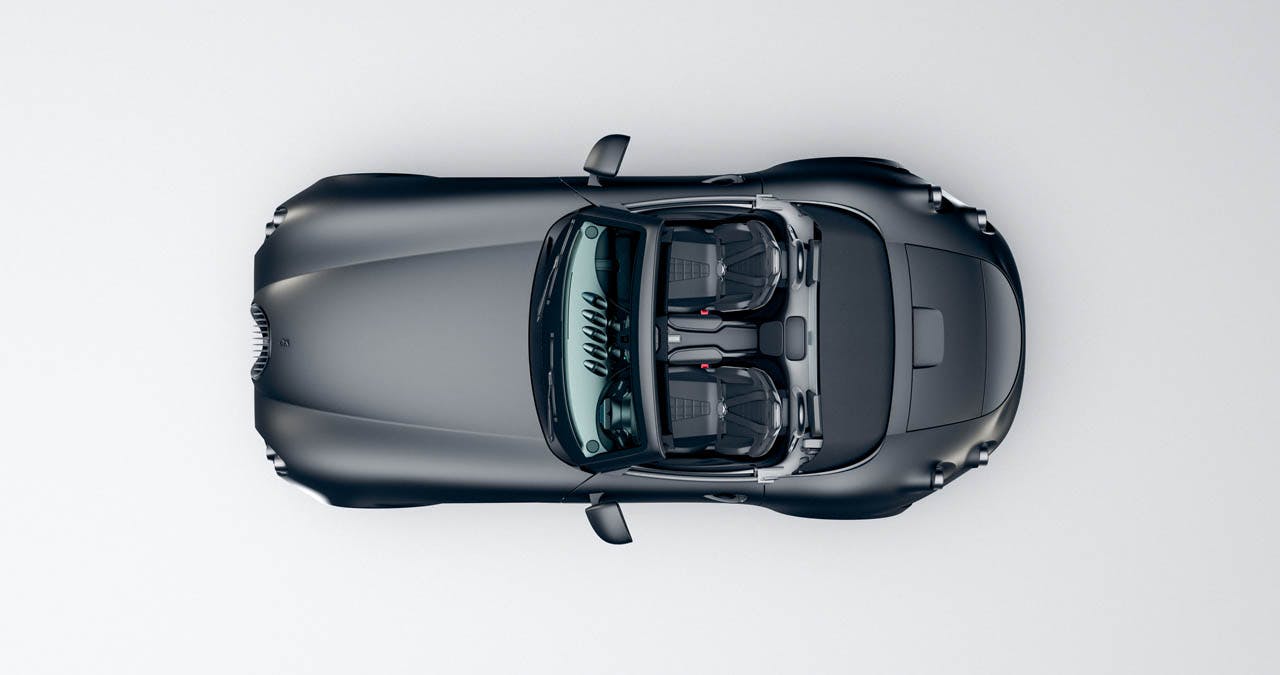

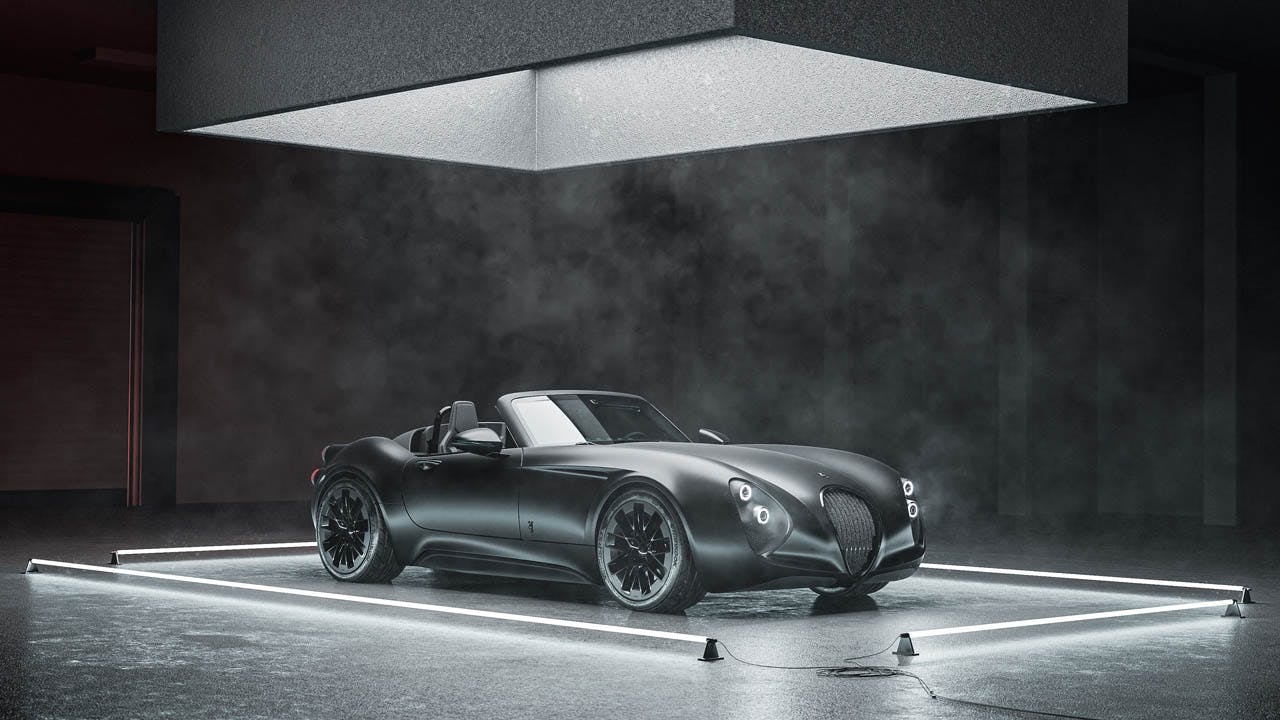
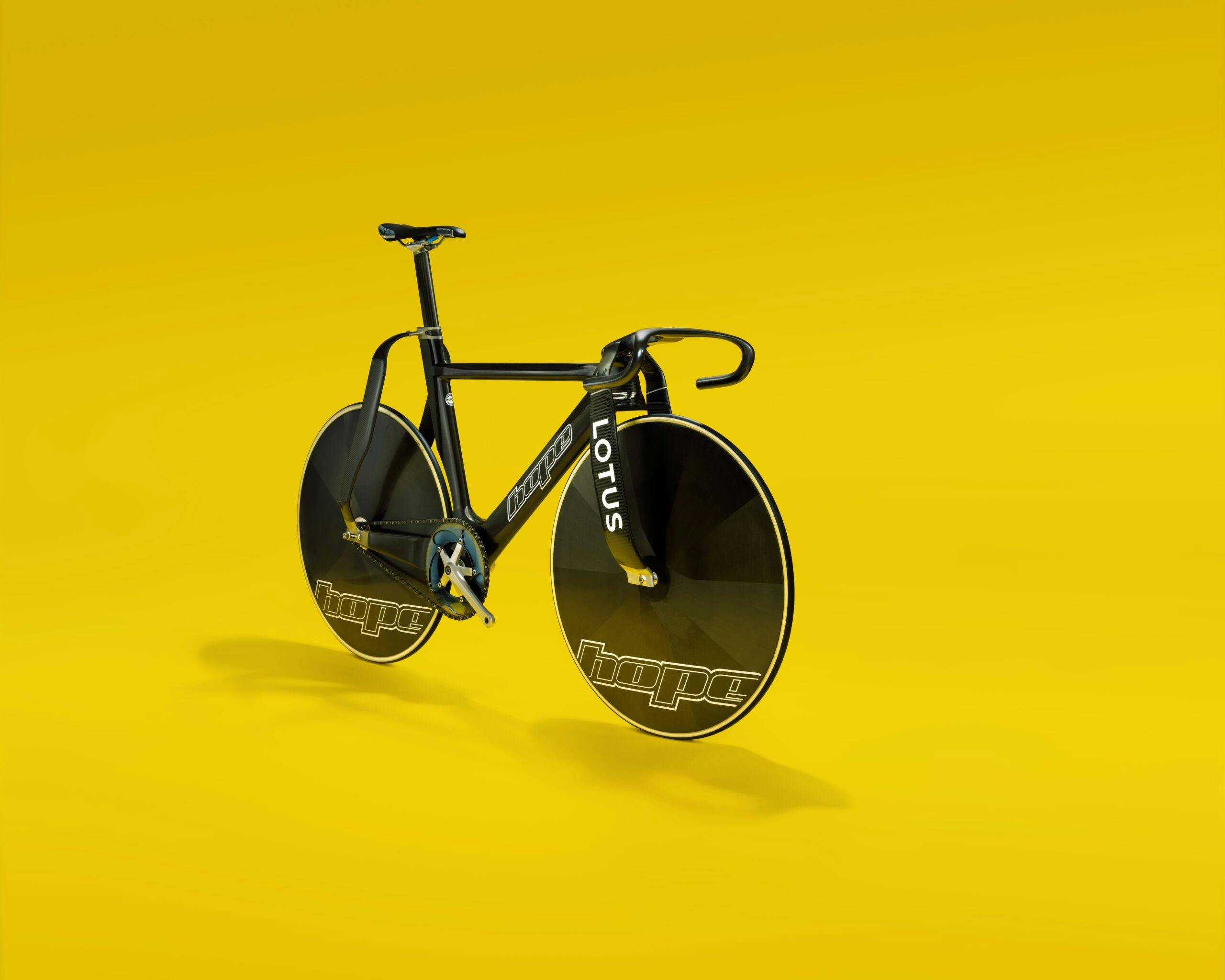


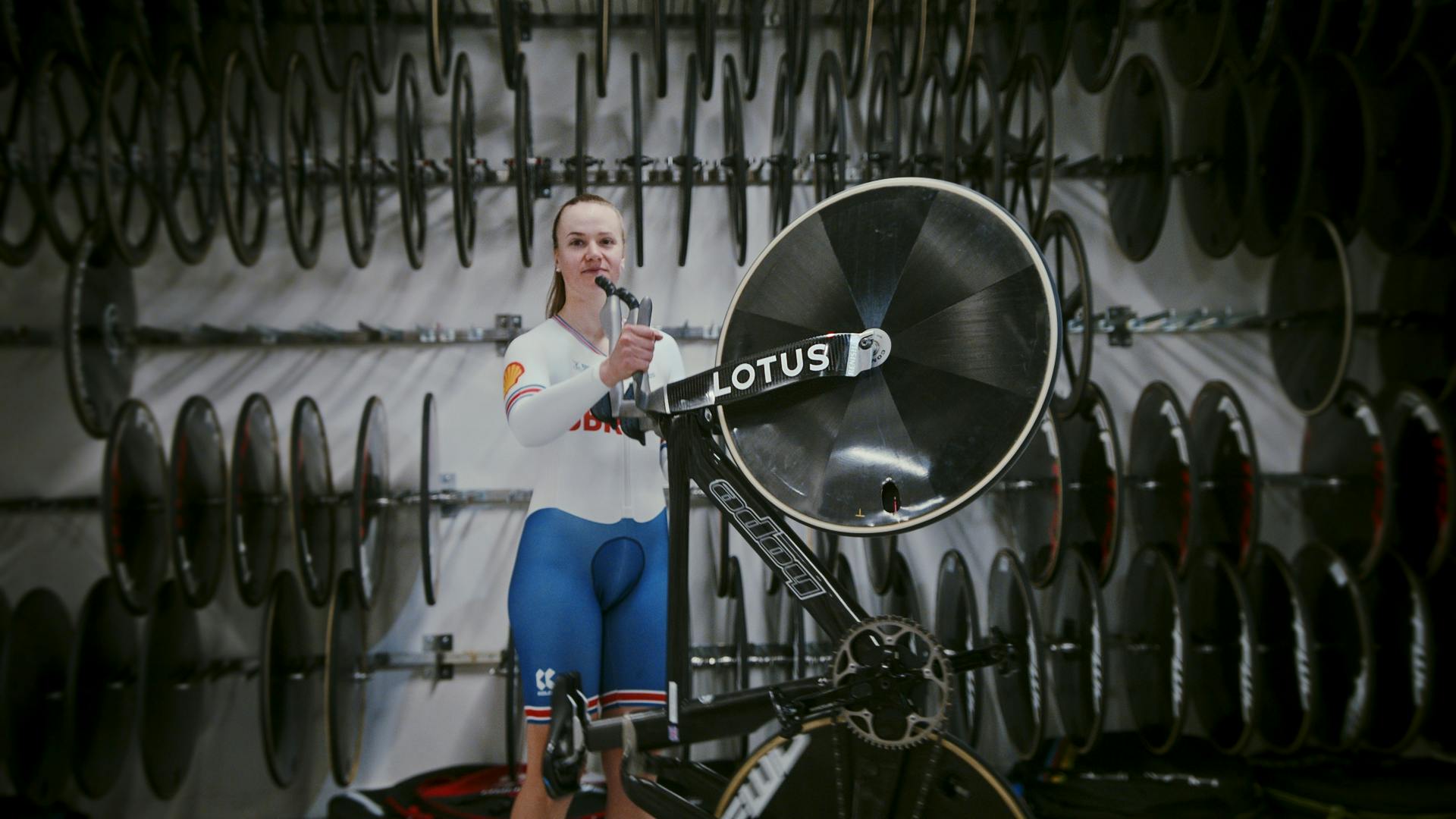

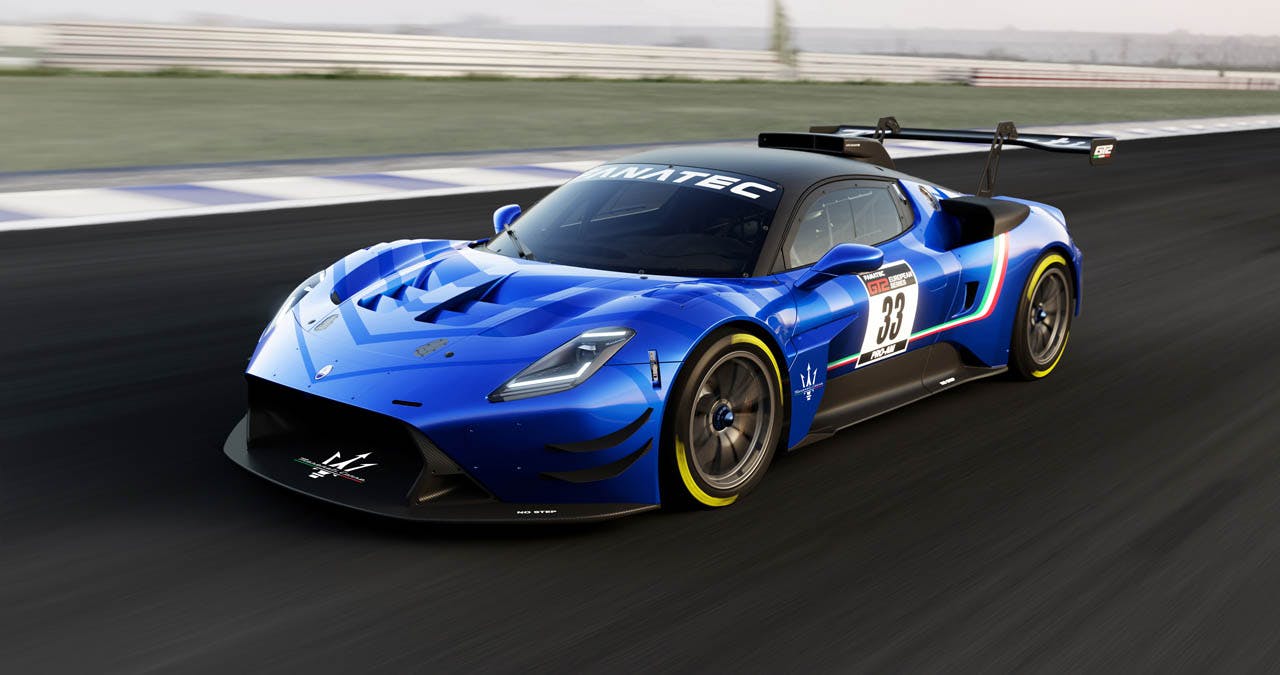

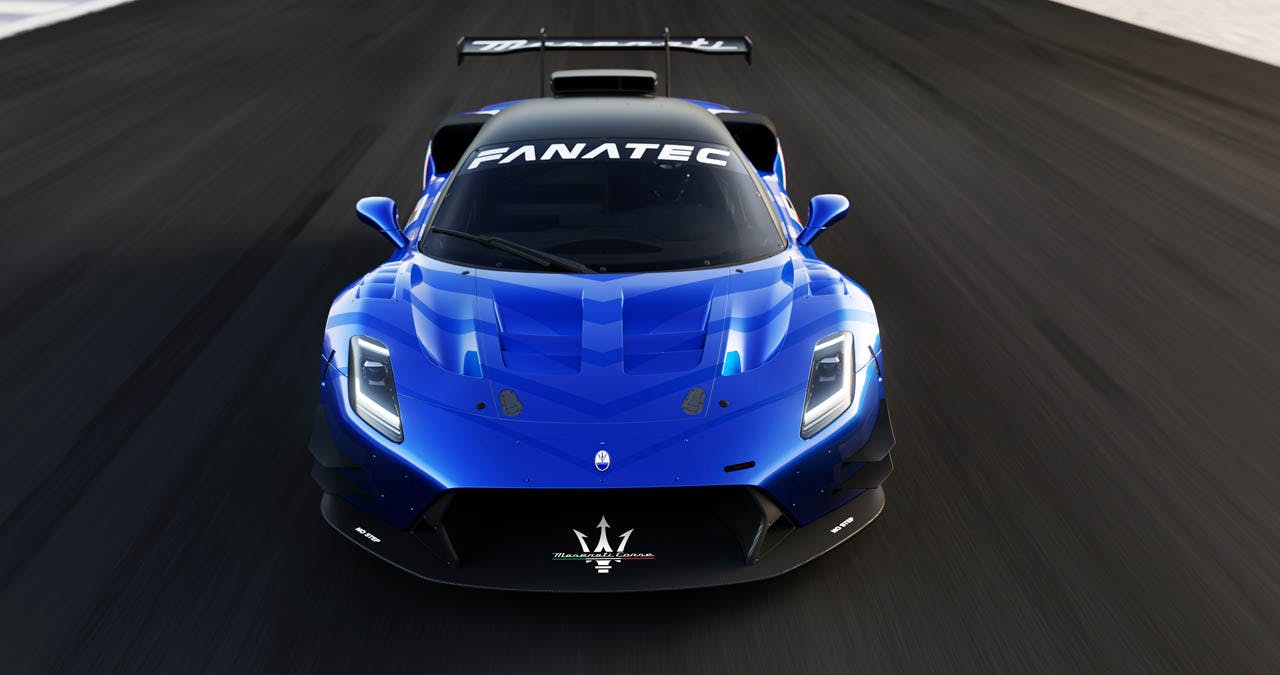
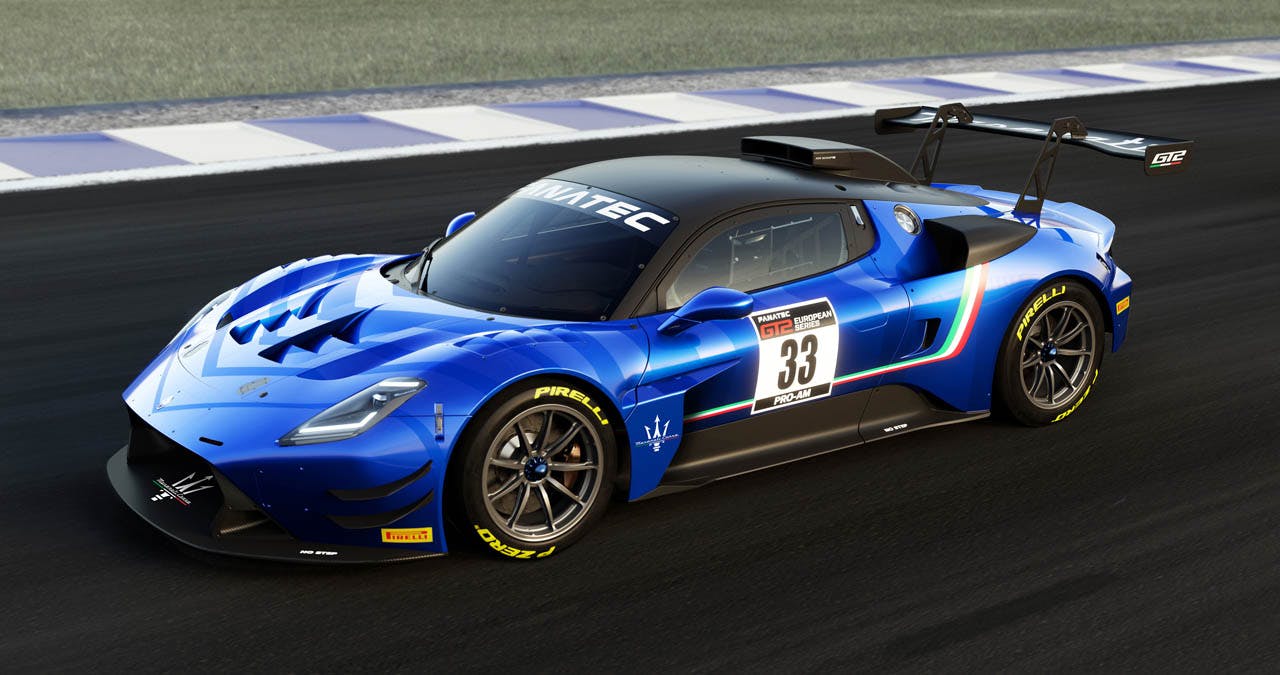

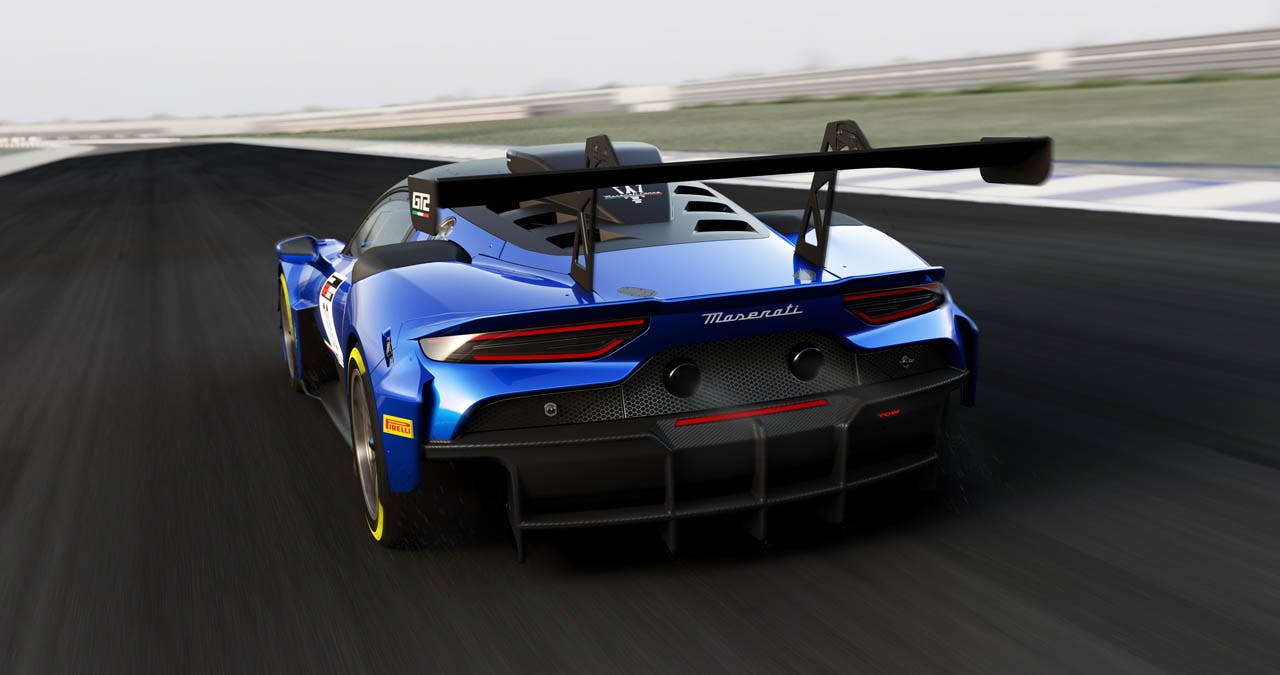

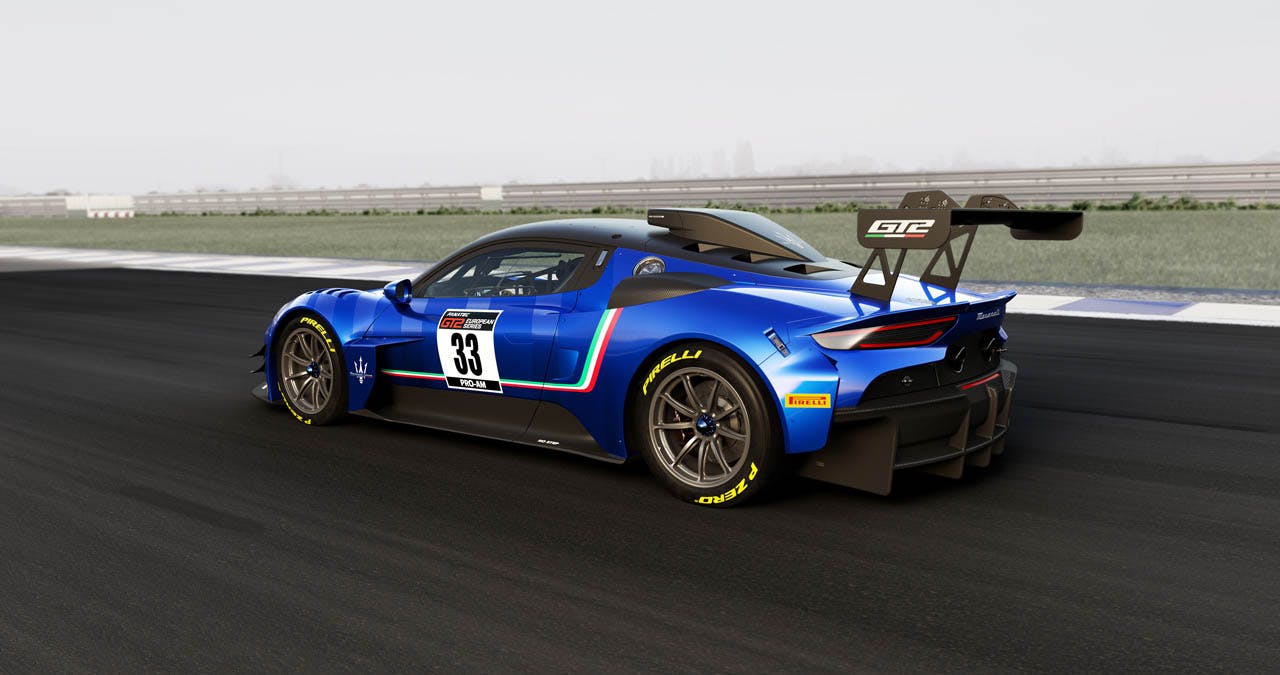
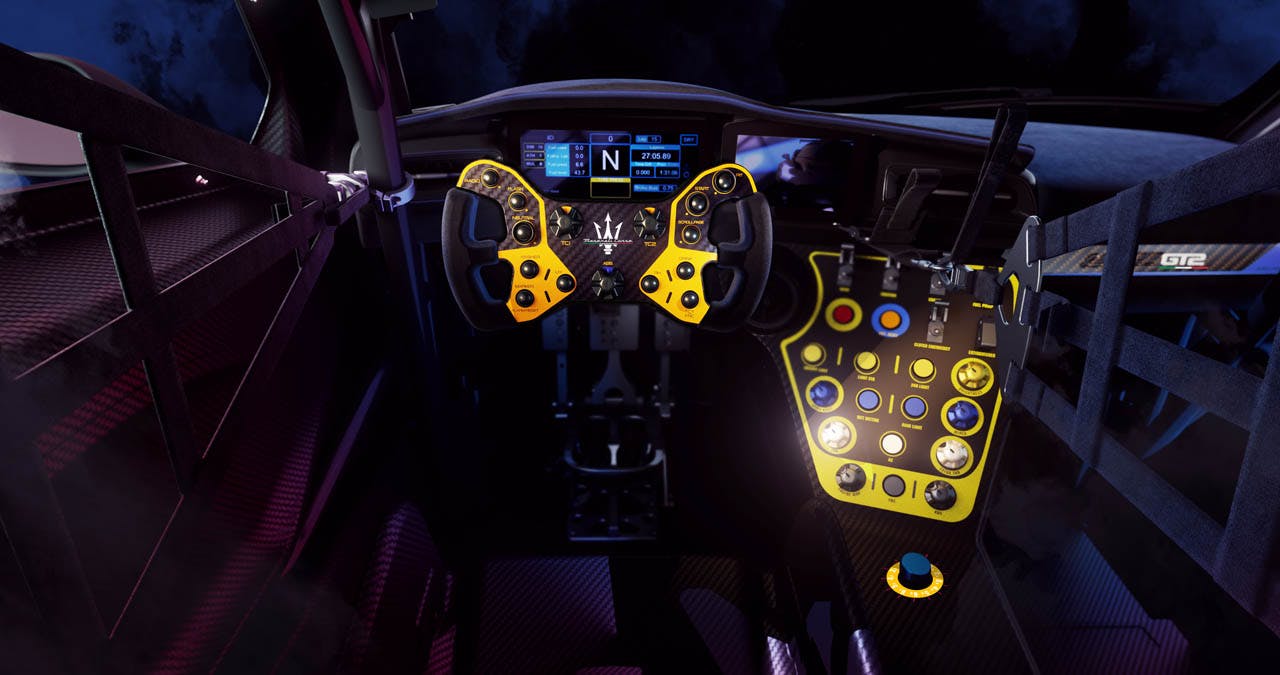



Tesla steering wheels falling off. Seems appropriate for some reason. Is this the new “yokes” or the old wheels or both?
Maserati’s GT2 car looks good!
After drinking all the Coolade, there are many loose nuts behind Tesla steering wheels.
Almost as bad as losing their gas cap 😲
The EU’s push for ending ICE fuel availability is transparently tyrannical. Even if Porsche and Ferrari succeed in exemptions for “e-fuels”, the cost per gallon of those is roughly similar to a gallon bucket filled with euros. I never thought I’d see events like this in my lifetime.
So is it actually a steering wheel attached to a steering gear, or is it more of an input device? Can you plug your x-box steering wheel into a USB port and keep driving?
Loosing a steering wheel at Road America is called doing a “Takehara”!!!!
And now Nissan steering wheels? https://electrek.co/2023/03/08/nissan-recalls-ariya-evs-over-risk-steering-wheel-falling-off/
What is it with steering wheels lately? 🙂 https://electrek.co/2023/03/08/nissan-recalls-ariya-evs-over-risk-steering-wheel-falling-off/
Why all the hubbub, Bub? As I understand it, Teslas are supposed to be self-driving. Why do they even put steering wheels in them to begin with? 😁
By-the-way, the above is a tasteless joke, not my real take on things – it’s actually quite frightening to think that the driver of the next Tesla you see coming at you in traffic might be holding a detached wheel in his white-knuckled hands!
I agree with Gary Bechtold, that Maserati is cool-looking. I hope it’s competitive.